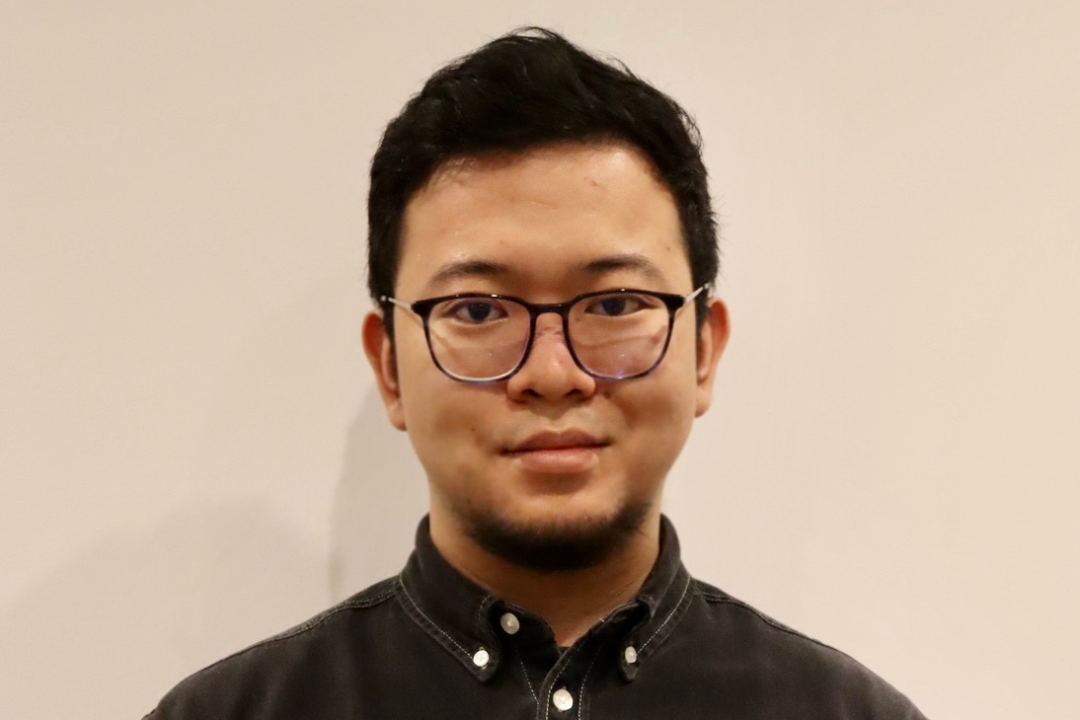University College London

Xinyu Zhou is an RNID-funded PhD student at the Ear Institute at University College London, supervised by Torsten Marquardt.
His project aims to develop a computer model that simulates how the cochlea works to improve our understanding of hearing and improve how we deliver drugs to the inner ear to protect or restore hearing.
More about Xinyu’s work
Xinyu obtained a bachelor’s degree in mechanical engineering at the University of Birmingham. Then, he studied acoustical engineering at the Institute of Sound and Vibration Research at the University of Southampton. While exploring various scientific disciplines, Xinyu found himself especially captivated by sound quality and the inner workings of the cochlea, the organ responsible for hearing.
This interest naturally led him to his current PhD studies at UCL. Furthermore, his previous studies provide expertise in computational simulation which allows him to build computer models of the cochlea.
Improving the delivery of treatments/drugs to the inner ear
Read about Xinyu’s research projectXinyu’s approaches to hearing research
Understanding how the inner ear works and finding ways to treat hearing loss are some of the main hurdles. The inner ear is hard to access and study due to its intricate nature.
I aim to create a computer model that shows how fluid moves inside the inner ear when we hear sounds. This could help make treatments for hearing loss better by ensuring they reach all the right places inside the ear. Ultimately, I want to find a new and effective way to deliver medicine to the inner ear.
My RNID studentship is helping me to continue my academic journey and explore human hearing in more depth. It also provides a chance to communicate and learn from world-class hearing researchers.